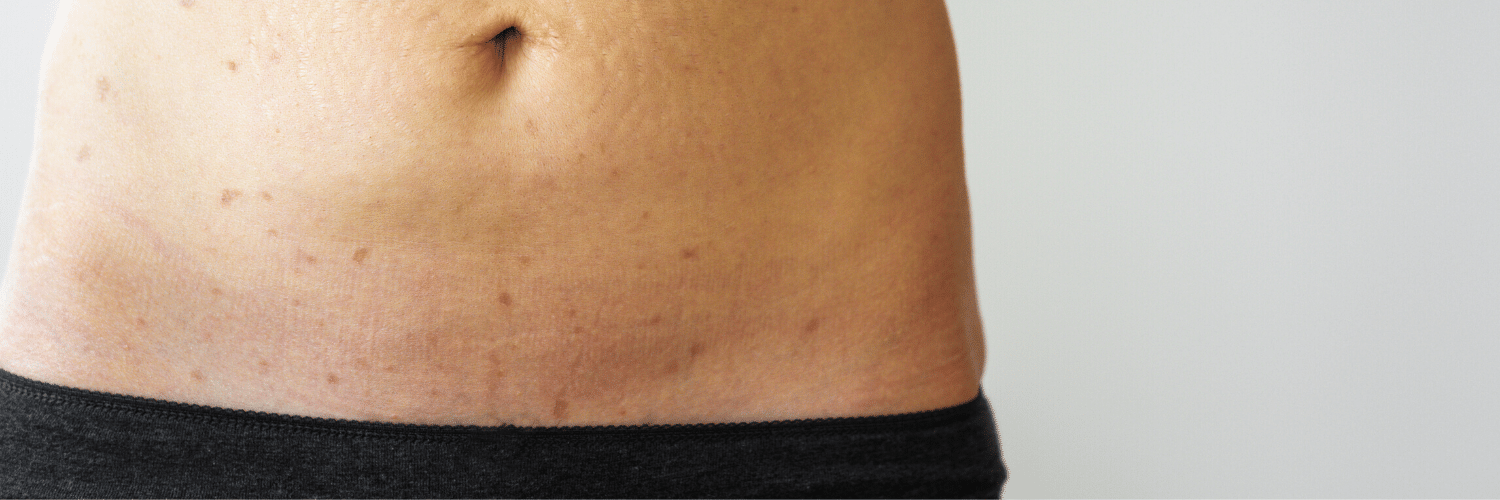
- 2 Comments
- PRMA Plastic Surgery
Where will the abdominal scar be after DIEP flap breast reconstruction?
DIEP flap breast reconstruction uses the patient’s lower abdominal skin and fat (no muscle) to reconstruct a natural, warm, soft breast after a mastectomy.
The lower abdominal tissue is removed as a football shaped incision between the belly button and the upper pubic hairline. One of the most common questions patients ask is where the final location of the abdominal scar will be.
In ideal situations, the DIEP flap abdominal scar is very similar to a traditional tummy tuck scar. After the DIEP flap tissue is removed, the remaining upper abdominal tissue is stretched downwards to close the gap created by removing the flap(s). Typically, the scar spans from hip to hip, and ideally can be hidden when wearing underwear or most bikinis.
There are a few anatomical factors that ultimately determine the scar’s location:
1.Amount of abdominal tissue
Generally speaking, patients who have more tummy tissue have a lower setting scar. Thinner patients may have a slightly higher scar depending on how they carry their weight.
2. Location of abdominal tissue
Final scar location is also heavily dependent on where the abdominal tissue is primarily located. Patients who carry their abdominal tissue low will generally have lower scars.
3. Location of the perforator
Sometimes the best perforator (the blood vessel used to transplant and connect the tummy tissue to the chest wall) for the DIEP flap is located higher up in the abdomen. This can lead to a higher scar location due to where the initial incision is made.
4. High lying umbilicus (or belly button)
The umbilicus position influences where the upper incision for the DIEP flap is made. Patients with a high-riding belly button can have a higher scar. However, patients who have more elastic upper abdominal tissue (eg due to multiple pregnancies) may end up with a lower scar if the upper tissue can be stretched enough.
5. Number of pregnancies
The more times a patient has been pregnant, the more stretchy the abdominal skin is. Again, this will allow the surgeon to pull the upper abdominal skin further down when closing the abdominal incision and ultimately create a lower scar.
In every case, our surgeons make every effort to keep the scar as low as possible. Cosmesis at both the breast and abdomen are important to us. During the 2nd stage of the breast reconstruction process (also known as the “revision” stage), scars can be improved and often lowered further with scar revision.
Author: Dr. Minas Chrysopoulo and Courtney Floyd
There are a few anatomical factors that ultimately determine the abdominal scar location for DIEP flap breast reconstruction.
Leave Comment

Hola. Soy una persona con mastectomia del seno izquierdo. Y mi doctor a sugerido q me haga otra Master. En el seno derecho .. que tiempo es necesario para la reconstrucción de ambos senos .
Irene Silva
July 21,2020

No hay una línea de tiempo para la reconstrucción mamaria. La reconstrucción mamaria se puede realizar en cualquier momento. Incluso años después de la mastectomía.
PRMA Plastic Surgery
July 21,2020
Sign Up for Our Monthly Newsletter
Continue Reading

Breast Reconstruction Surgery and Your Period
Breast Reconstruction Surgery and Your Period December 02, 2020 Share on Facebook Twitter Linkedin During our pre-operative appointment with patients, a topic that occasionally arises is menstrual cycles. It is completely normal for women to experience changes with their periods throughout breast cancer treatments. These can be temporary or permanent. Periods can be unpredictable following […]
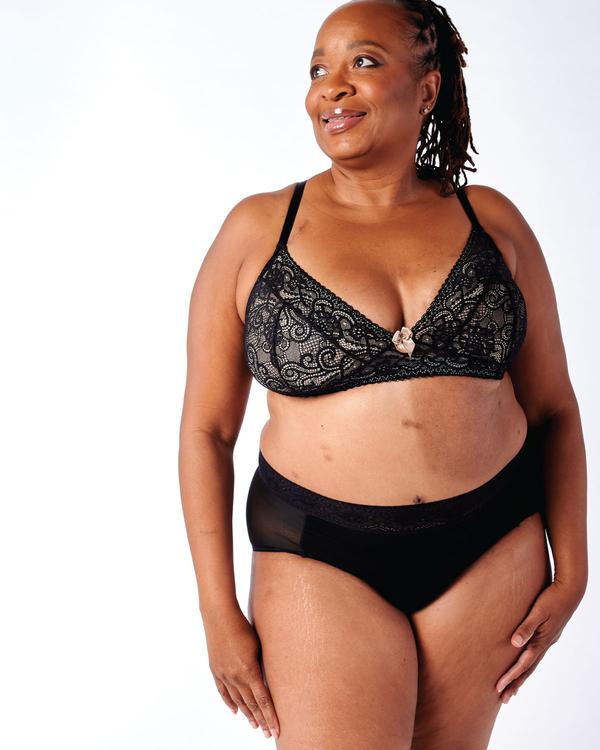
What Bras and Abdominal Girdles to Wear After Breast Reconstruction Surgery
What Bras and Abdominal Girdles to Wear After Breast Reconstruction Surgery November 17, 2020 Share on Facebook Twitter Linkedin When preparing for breast reconstruction surgery, many patients want to know what types of bras and abdominal girdles they should plan to wear after surgery. Although every surgeon has slightly different preferences, we have put together […]

My 5 DIEP Flap Realities | A Guest Blog From Julie
My 5 DIEP Flap Realities October 28, 2020 Share on Facebook Twitter Linkedin Hi everyone, my name is Julie from It’s a Bosom Thing. I am so happy to be here as a guest blogger and have this opportunity to share with you a few thoughts about life after DIEP Flap Surgery. I was diagnosed […]
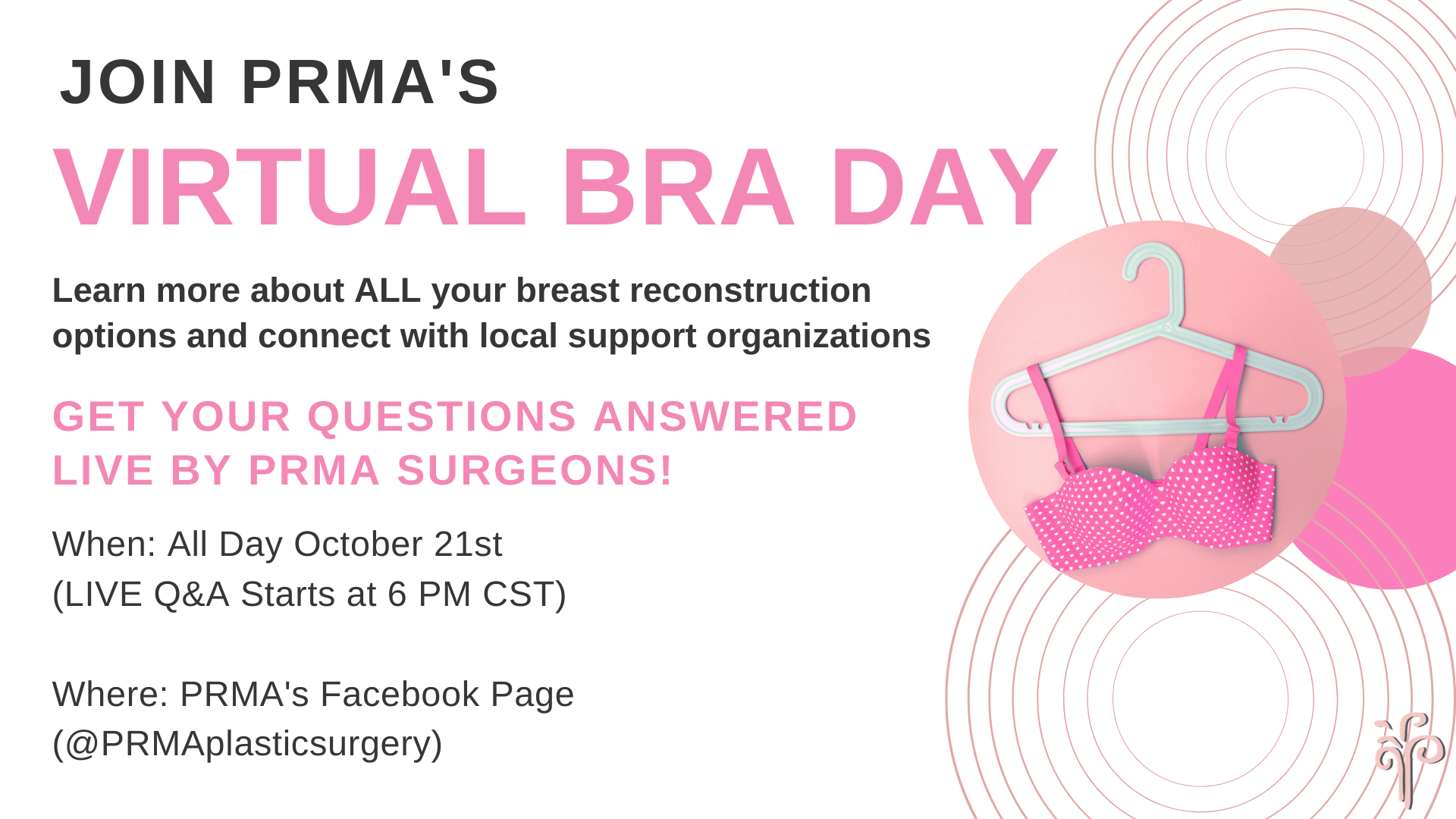
PRMA’s BRA Day Virtual Event Recap
PRMA’s BRA Day Virtual Event Recap September 08, 2020 Share on Facebook Twitter Linkedin Yesterday we celebrated Breast Reconstruction Awareness day! Although we missed seeing everyone in person this year, we were still able to spread education and awareness on ALL reconstructive options through our virtual efforts. We were also able to share information on […]
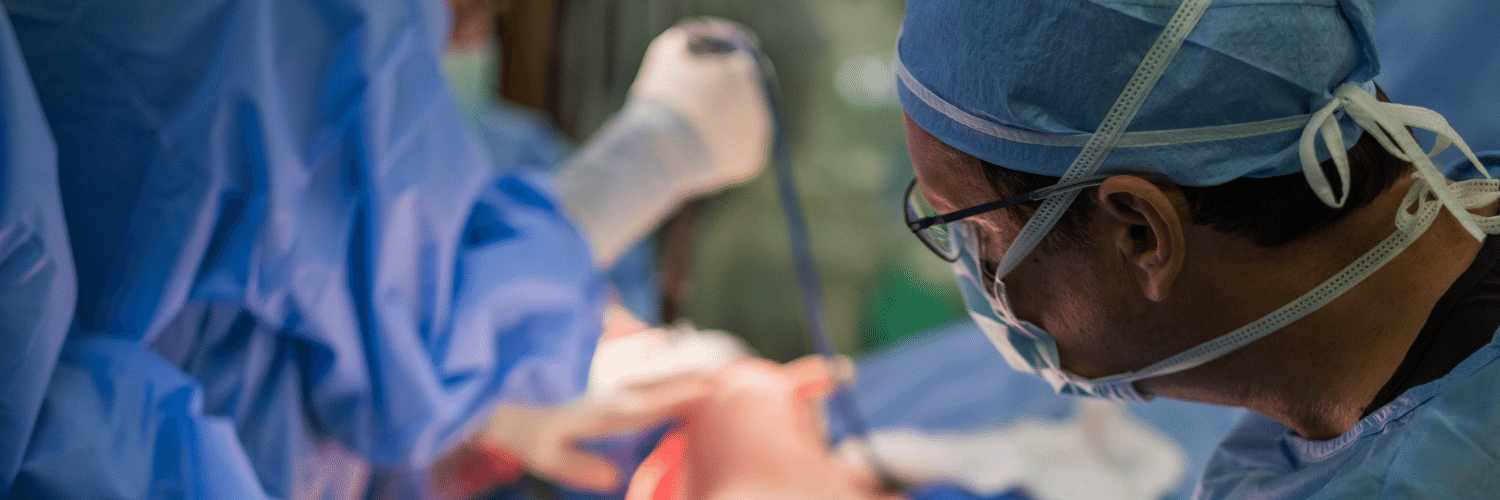
Second Stage DIEP Flap Surgery
Second Stage DIEP Flap Surgery September 08, 2020 Share on Facebook Twitter Linkedin DIEP flap breast reconstruction is typically comprised of at least two stages for the best outcomes. The second stage of surgery is commonly referred to as the “revision” stage and is usually performed about three months after the initial reconstruction. The purpose […]

If ‘Flaps’ Are Such A Great Breast Reconstruction Option, Why Doesn’t Everyone Get Them?
If ‘Flaps’ Are Such A Great Breast Reconstruction Option, Why Doesn’t Everyone Get Them? September 08, 2020 Share on Facebook Twitter Linkedin Flap-based breast reconstruction procedures, like the DIEP flap, offer patients a safe, natural implant-alternative option to reconstruction after a mastectomy. Flap surgeries are permanent and are associated with fewer complications after radiation when […]
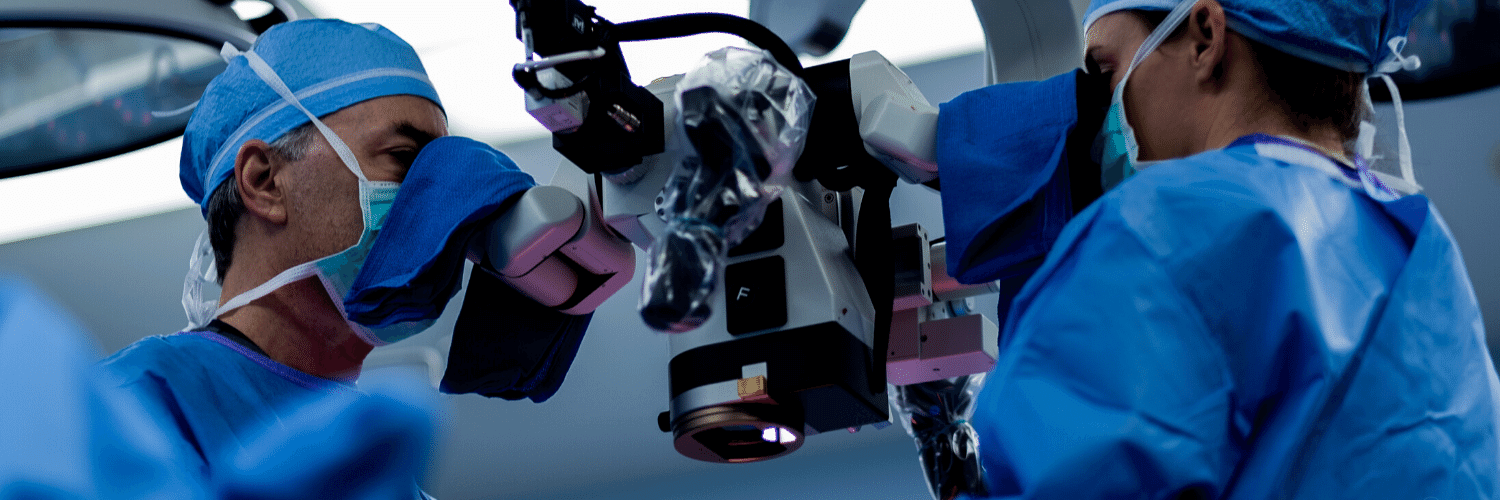
What is a Skin Island and How is it Used in Breast Reconstruction?
What is a Skin Island and How is it Used in Breast Reconstruction? September 08, 2020 Share on Facebook Twitter Linkedin What is a “skin island”? The term “skin island” is used to describe the remaining visible skin from a transplanted “flap” of tissue. In the setting of DIEP flap breast reconstruction, the skin island […]

Comparing APEX Flap and DIEP Flap Breast Reconstruction
Comparing APEX Flap and DIEP Flap Breast Reconstruction August 10, 2020 Share on Facebook Twitter Linkedin We have been receiving numerous inquiries about the “APEX flap” recently. Patients want to know what it is and how it differs from the DIEP flap. APEX is an acronym that stands for “Abdominal Perforator Exchange”. Many patients believe […]
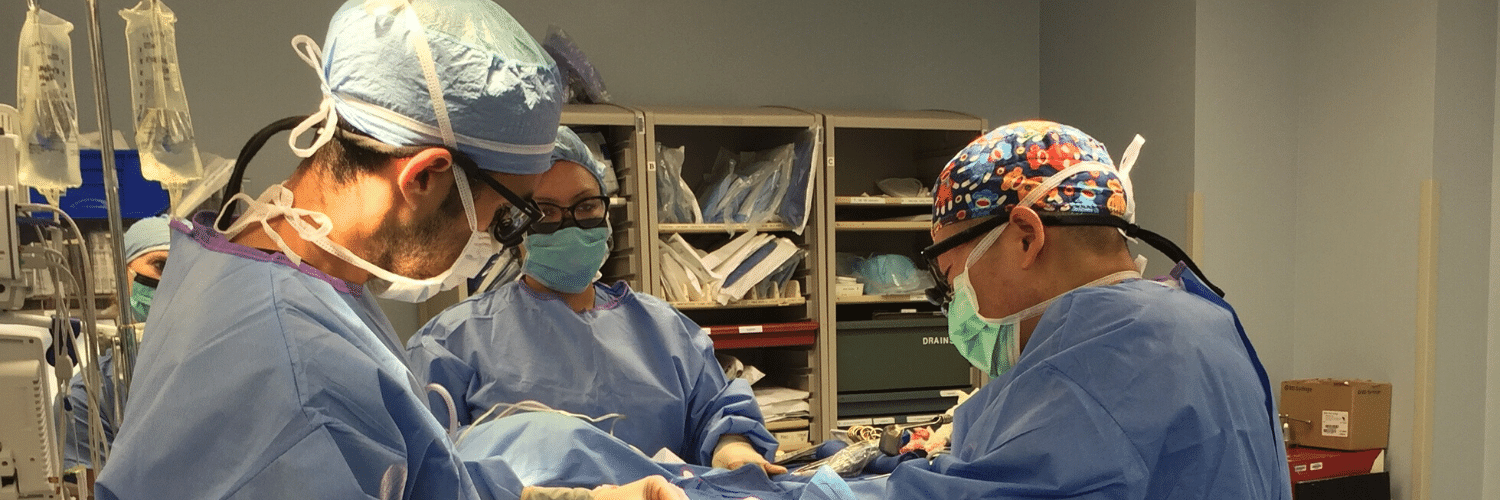
Monitoring the Health of Your Flap During & After Surgery
Monitoring the Health of Your Flap During & After Surgery July 21, 2020 Share on Facebook Twitter Linkedin Autologous flap (or tissue) breast reconstruction procedures represent today’s most advanced options for rebuilding a breast(s) following mastectomy. The most commonly performed method of flap-based reconstruction at PRMA is the DIEP flap. During this procedure, surgeons transplant skin […]
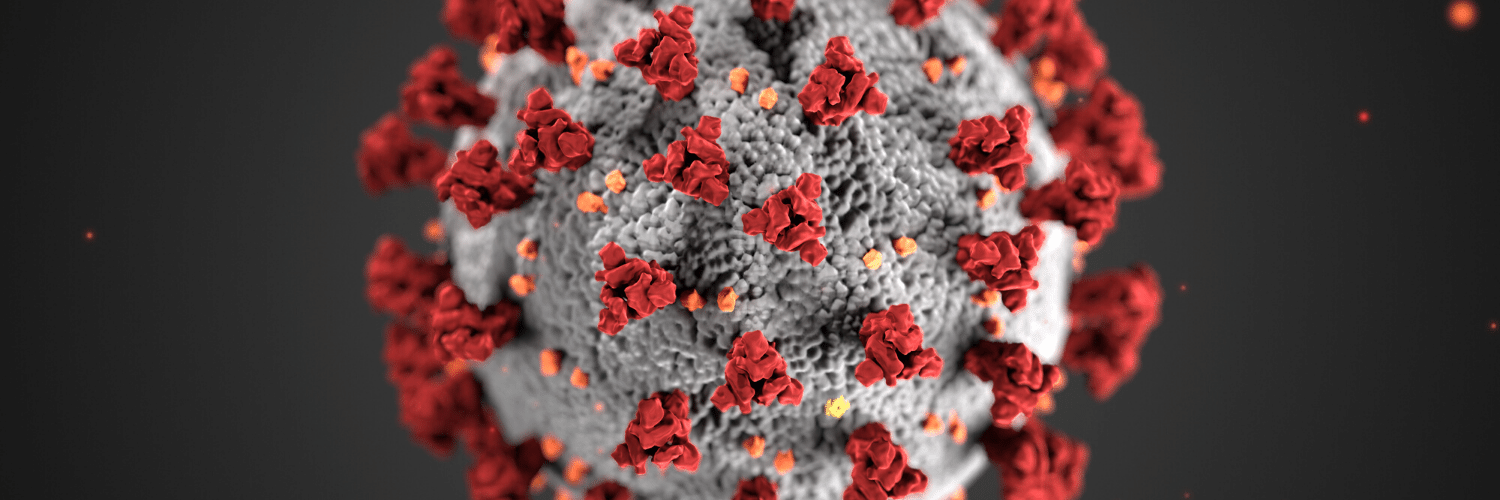
COVID-19 and the Impact on Cancer Patient’s Mortality
COVID-19 and the Impact on Cancer Patient’s Mortality July 21, 2020 Share on Facebook Twitter Linkedin There is still so much we do not know about COVID-19. Likewise, there is little known about how this disease impacts mortality for cancer patients. A study published in The Lancet evaluated and characterized the outcomes of patients with cancer […]

Running After Breast Reconstruction
FDA Takes Closer Look Into Implant Safety During Two Day Hearing

Irene Silva
Hola. Soy una persona con mastectomia del seno izquierdo. Y mi doctor a sugerido q me haga otra Master. En el seno derecho .. que tiempo es necesario para la reconstrucción de ambos senos .
PRMA Plastic Surgery
No hay una línea de tiempo para la reconstrucción mamaria. La reconstrucción mamaria se puede realizar en cualquier momento. Incluso años después de la mastectomía.